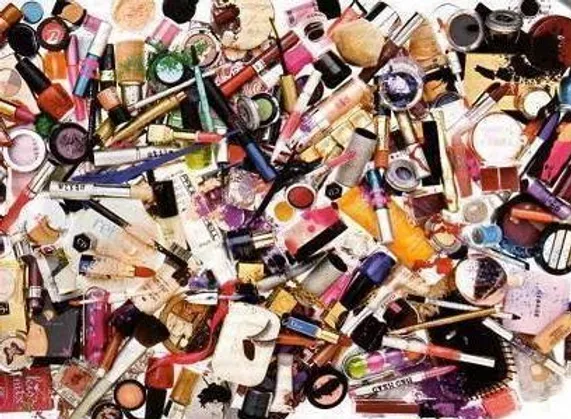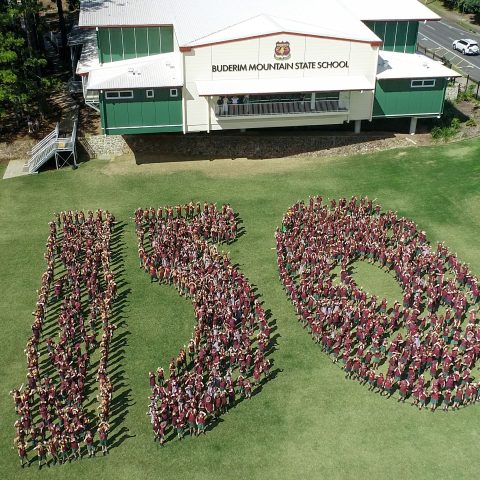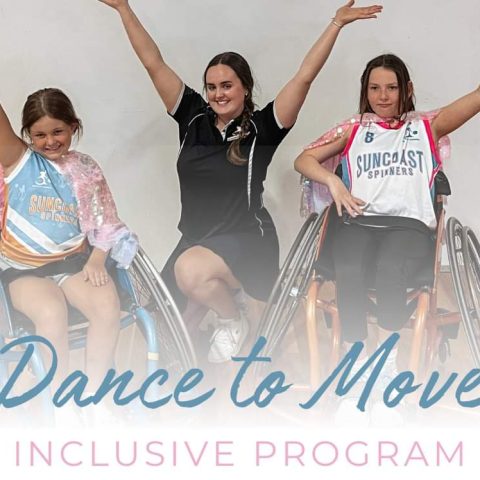Our PR Director, Michelle Smytheman, is passionate about helping emerging professionals in the communications industry and teaches at the University of the Sunshine Coast. As part of an assessment task this year, there have been some excellent blogs written by first-year students about emerging business trends. We are proud to share their work.
By Ella Warters
Step into a realm where the attraction of limitless beauty products and the excitement of shopping intersect, giving birth to a captivating trend: beauty hauls. With over 2.5 billion views under #beautyhaul on TikTok, it ponders the existence of ethical consumption all together.
 While the fashion industry has embraced the sustainable fashion movement, the social and environmental consequences of overconsumption within the cosmetics sector remain understudied and largely ignored by corporations, content creators, and consumers alike. According to a recent survey, the average person spends 722 USD per year on makeup and skincare. Excessive consumption often stems from societal pressure, advertising, and consumerism all together and is now causing detrimental effects to the planet and society.
While the fashion industry has embraced the sustainable fashion movement, the social and environmental consequences of overconsumption within the cosmetics sector remain understudied and largely ignored by corporations, content creators, and consumers alike. According to a recent survey, the average person spends 722 USD per year on makeup and skincare. Excessive consumption often stems from societal pressure, advertising, and consumerism all together and is now causing detrimental effects to the planet and society.
According to the Australian Financial Review, globally, the beauty industry produces 120 billion units of packaging each year and it’s estimated a measly nine percent is recycled – the rest ending up in landfill. The cardboard boxes that accompany the products alone are said to contribute to the loss of 18 million acres of forests annually. Sadly, it’s not as simple as placing a plastic bottle into the yellow bin, often the multi-materials which create spray, pump mechanisms are costly to separate, dark coloured plastic isn’t as valuable, and aerosols often has pressurised air which makes them dangerous to recycle. However, the waste management company, TerraCycle uses a range of sorting techniques both manual and mechanical to sort and recycle cosmetic packaging. TerraCycle bins are found in MECCA cosmetic stores Australia wide. Brands are also continuing to produce refillable products from lipsticks to moisturisers, with a growing demand for ‘clean’ beauty too.
Not only product waste is an issue though, the beauty industry and societal consumption is a major contributor to worker exploitation. Mica is a naturally occurring mineral which is found in plenty of makeup and skincare ingredients, if it’s shiny, it’s probably because of mica. Listed as ‘mica,’ ‘potassium aluminium silicate,’ and ‘CI 77019,’ it starts off as a silvery shard which is mined by children as young as 5 in countries like India, then collected by brokers, sold to exporters, then delivered to manufacturers who mill it into a pearlescent pigment which is sold to international beauty retailers. It’s estimated that over twenty-thousand children work in these mines and will earn at best 30 rupees, the equivalent of 56 Australian cents, for a day’s work. Not only are most of these mines unregulated and in appalling condition, but the dangers of these mines are also more than just health risks, they can crumble too, leaving people to die. Families are given 30,000 rupees for each person who dies, the equivalent of $558 AUD, with no changes to the safety of the mines. In these countries, there is often no other form of work and leaves people in a vulnerable position just so first world countries can enjoy shimmery beauty products.
In recent years with the rise of a new generation on social media, beauty vloggers have gained cult followings promoting consumerism. It all started in 2007 with Michelle Phan, a college student who started posting beauty tutorials on YouTube. Not long after, creators such as Zoella, Bethany Mota & NikkieTutorials (and more) began posting hauls, ‘Get Ready with Me’ and more. Today, almost anyone can go viral whether it’s product reviews or shopping trips to beauty retailers like MECCA and Sephora.
The Beauty & skincare hashtag has a whopping 33 billion views on TikTok and this ranges from routines to hauls. The ideal skincare routine (for normal skin) should be 3 steps – cleanse, moisturise, protect, and then add in specific products for desired treatment when needed. The brand Drunk Elephant has coined the term ‘smoothie,’ which is the mixing of skincare products on one of their pump lid moisturisers. While the brand is reputable for improving skin, it has gained an army of young teens wanting to own one of these 100 AUD moisturisers. The problem with young teens wanting these types of products is not only overconsumption, but it can also cause skin problems too. Kids as young as 8 want to purchase retinoids just because they’re a viral product, even though it’s recommended for people in their early 20s.
However, amidst the frenzy of viral product reviews and shopping trips, we must remember the importance of responsible consumption. Overconsumption not only strains our environment and exploits vulnerable communities but can also harm our own well-being. It’s vital to strike a balance between our desire for beauty and the ethical, sustainable choices that protect our planet and safeguard our future. In doing so, we can ensure that beauty truly shines, both inside and out, for generations to come.




